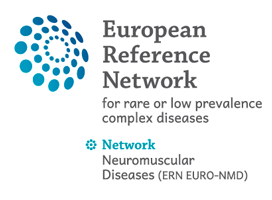16 Oct 2020
Evaluation of blood gene expression levels in facioscapulohumeral muscular dystrophy patients
Authors:
M. Signorelli, A. G. Mason, K. Mul, T. Evangelista, H. Mei, N. Voermans, S. J. Tapscott, R. Tsonaka, B. G. M. van Engelen, S. M. van der Maarel & P. Spitali
Facioscapulohumeral muscular dystrophy (FSHD) is caused by the expression of DUX4 in skeletal muscles. A number of therapeutic approaches are being developed to antagonize the events preceding and following DUX4 expression that leads to muscular dystrophy. Currently, the possibility to evaluate treatment response in clinical trials is hampered by the lack of objective molecular biomarkers connecting the disease cause to clinical performance. In this study we employed RNA-seq to examine gene expression in PAXgene tubes obtained from two independent cohorts of FSHD patients. Analysis of gene expression profiles did not lead to the identification of genes or pathways differentially expressed in FSHD patients, or associated with disease severity. In particular, we did not find evidence that the DUX4 and PAX7 signatures were differentially expressed. On the other hand, we were able to improve patient classification by including single genes or groups of genes in classification models. The best classifier was ROPN1L, a gene known to be expressed in testis, coincidentally the typical location of DUX4 expression. These improvements in patient classification hold the potential to enrich the FSHD clinical trial toolbox.

